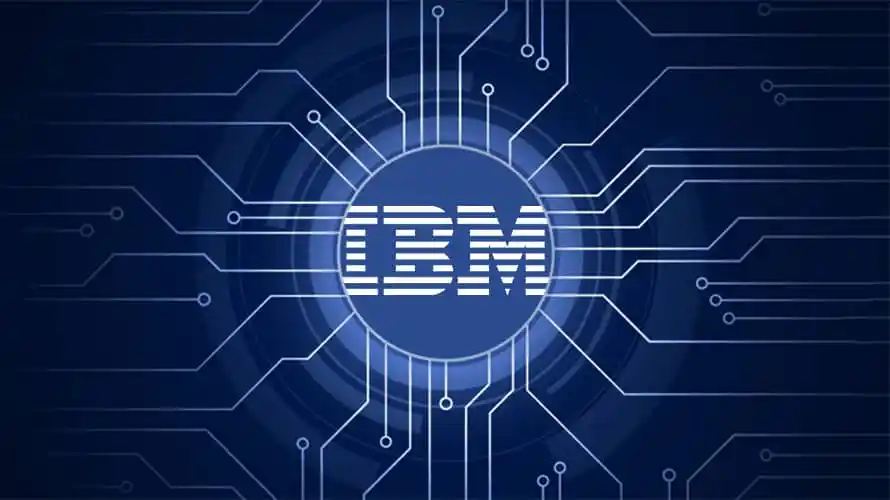While IFS may have snagged a lot of headlines off the back of its Unleashed conference in October, it’s worth exploring the latest buzz around its rival in the Enterprise Asset Management (EAM) space, IBM Maximo – as informed by the hard-to-miss business themes of AI and ESG.
October saw IBM acquire Prescinto, a leading software-as-a-service provider of asset performance management (APM) for renewables. Headquartered in Bengaluru, India, the company leverages AI to enable advanced monitoring, analytics, and automation, helping to streamline renewable energy operations and manage clean energy and storage assets.
These capabilities will enhance IBM Maximo Application Suite (MAS), Big Blue’s solution for asset lifecycle management that uses AI, IoT, and analytics to optimize performance, extend the life of assets, and reduce operational downtime and costs.
The Prescinto deal will likely also further IBM’s leadership in the energy and utility space, with water, natural gas, oil, nuclear, and other enterprises in the space utilizing IBM MAS worldwide.
With the news, IBM gave the example of how a solar power plant becomes less efficient over time due to accumulated debris and dirt on its panels. With an enhanced IBM MAS using renewable APM software, users can use AI-powered Optical Character Recognition (OCR) capabilities to help monitor these assets, identify root causes for performance issues; and recommend actions to optimize generation. Enabled is the power to streamline required cleaning, and respond promptly before energy output decreases.
Maximo x watsonx
Rewinding back to the summer, let’s delve further into the latest updates for IBM MAS, as powered by generative AI, or GenAI.
Maximo Work Order Intelligence, made available in MAS version 9.0, uses IBM watsonx GenAI capabilities to speed up work order approval, enhance data quality and provide “highly reliable” failure code recommendations.
MAS version 9.0 also saw Maximo Field Service Management, a new solution designed to help clients with their field service management (FSM) experiences. The tech allows maintenance and dispatching teams to access advanced scheduling and intelligent dispatching. Advanced algorithms enable the system to handle 10 times more work orders and improve the number of jobs completed, total resources used, and, IBM reports, job completion time by over 10%.
Maximo Reliability Strategies meanwhile provides organizations with the ability to analyze failure modes and access a comprehensive library of asset-specific failure details and mitigation activities. The new solution can make it easier to create and optimize highly customized maintenance reliability strategies, helping companies develop more reliable assets that are less likely to unexpectedly fail. For the new MAS version 9.0, watsonx generative AI was utilized to develop more failure mode and effects analysis (FMEAs) and expand the library.
Integrated IBM MAS tools such as Maximo Emissions Management can help balance operational efficiency with environmental responsibility. The solution allows enterprises to monitor continuous and fugitive emissions in near real time and manage compliance programs. It also supports operational emissions reporting and strengthens corporate sustainability tracking through an integration with the IBM Envizi ESG Suite.
On the ESG front, Big Blue hopes to empower organizations with the cloud-based data platform, Environmental Intelligence, which provides environmental data and insights that can help them mitigate the environmental impact on their assets and build more climate-resilient operations.
What ERP Insiders need to know
Founded in 2016, Prescinto works with and services customers across 14 countries with 16 GigaWatts under management. Its APM capabilities help organizations simplify operations and maintenance to maximize ROI, including:
- Data capture – utilizing open-source protocols and a data governance layer.
- Monitoring features – for centralized visualization of assets with real-time monitoring, high-definition maps, and custom alerts.
- Analysis – using artificial intelligence to identify losses, visualize data trends, and offer actionable recommendations to stem underperformance.
- Action prompts – empowering efficient management and deployment of site teams to repair and maintain assets.
Also of note – the IBM MAS Maximo Application Suite was recognized in Q4 as a market leader in EAM by the independent research and advisory firm Verdantix, receiving top marks in the report “Green Quadrant: Enterprise Asset Management Software 2024.” Earlier in 2024, Verdantix also named IBM MAS a leader in APM in the “Green Quadrant: Asset Performance Management Solutions 2024 report.” Big Blue proudly reports it’s the only vendor to be named a leader in both the APM and EAM reports.
The latest updates to IBM MAS bring significant advancements powered by generative AI, which offer key benefits for EAM leaders with a focus on ESG and AI implementation goals. The new capabilities streamline asset management processes by accelerating work order approvals, improving data quality, and providing highly reliable failure code recommendations.
On the environmental front, IBM has integrated solutions that support monitoring and management of operational emissions, helping companies balance operational efficiency with sustainability. These tools also assist with compliance tracking and bolster corporate sustainability reporting through integration with an ESG platform. They also offer EAM users enhanced tools for improving both asset performance and environmental responsibility.






